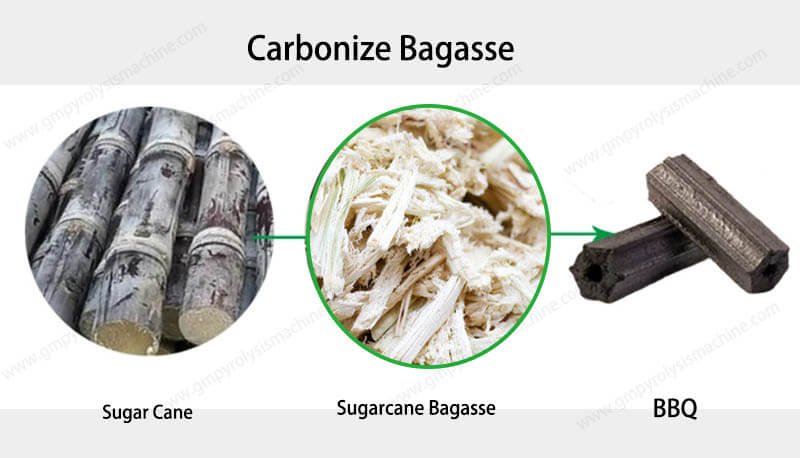Are you looking for an eco-friendly and profitable way to utilize coconut shells, a common agricultural by-product? The process of carbonizing coconut shells into activated carbon is not only environmentally beneficial but also presents a lucrative business opportunity. This article will guide you through the detailed steps of how to carbonize coconut shells, turning what was once considered waste into a valuable resource.
Introduction to Coconut Shell Activated Carbon
Activated carbon, made from coconut shells, has become increasingly popular due to its superior adsorption capacity, non-toxic nature, and long service life. It’s widely used in water purification, air filtration, food processing, and even in the pharmaceutical industry. With the global demand for high-quality activated carbon on the rise, investing in a coconut shell activated carbon plant can be a wise decision.
Why Choose Coconut Shells?
Sustainability: Coconut trees are renewable resources that absorb CO2 and produce oxygen, making the use of their shells a sustainable choice.
High-Quality Output: The activated carbon derived from coconut shells boasts a highly developed pore structure, which enhances its adsorption capabilities.
Market Demand: There is a significant market demand for coconut shell activated carbon, ensuring a steady revenue stream.
Step-by-Step Process of Carbonizing Coconut Shells
1. Raw Material Preparation:
The first step involves cleaning the coconut shells to remove any dust or impurities. After cleaning, the shells need to be dried, crushed, and screened to achieve the desired size. Properly prepared raw materials are essential for an efficient carbonization process.
2. Carbonization:
Carbonization Kiln Setup: Use a specialized carbonization kiln, such as a smokeless kiln, which is designed to minimize environmental impact while maximizing efficiency.
Temperature Control: The carbonization process typically occurs at temperatures ranging from 150°C to 650°C. During this phase, the coconut shells undergo dehydration, degassing, and chemical changes, leading to the formation of a carbonized material with a primary pore structure.
Duration and Monitoring: The duration of the carbonization process depends on the specific conditions, including temperature and the type of kiln used. Continuous monitoring ensures optimal results.

3. Activation:
Activation Methods: There are two main methods for activation – chemical and physical. Physical activation, which uses steam, carbon dioxide, or air at high temperatures (800-1050°C), is preferred for its simplicity and cleanliness.
Pore Development: The activation process enlarges the existing pores and creates new ones, significantly increasing the surface area and adsorption capability of the activated carbon.
4. Washing and Drying:
Washing: After activation, the activated carbon must be washed to remove any residual chemicals or impurities.
Drying: Finally, the product is dried to reduce moisture content, making it ready for packaging and distribution.
Equipment and Technology
To set up a successful coconut shell activated carbon plant, you’ll need the right equipment, including:
Raw Material Processing Equipment: Crushers, screens, conveyors, and dust collectors.
Carbonization Equipment: Smokeless kilns, burners, and cooling systems.
Activation Equipment: Rotary kilns, combustion chambers, and feed bins.
Post-Processing Equipment: Wash tanks, dryers, and screening machines.
Transforming coconut shells into activated carbon is a rewarding venture that contributes to both economic growth and environmental sustainability. By following the outlined steps and utilizing advanced technology, you can establish a thriving business that meets the growing demand for high-quality activated carbon.




